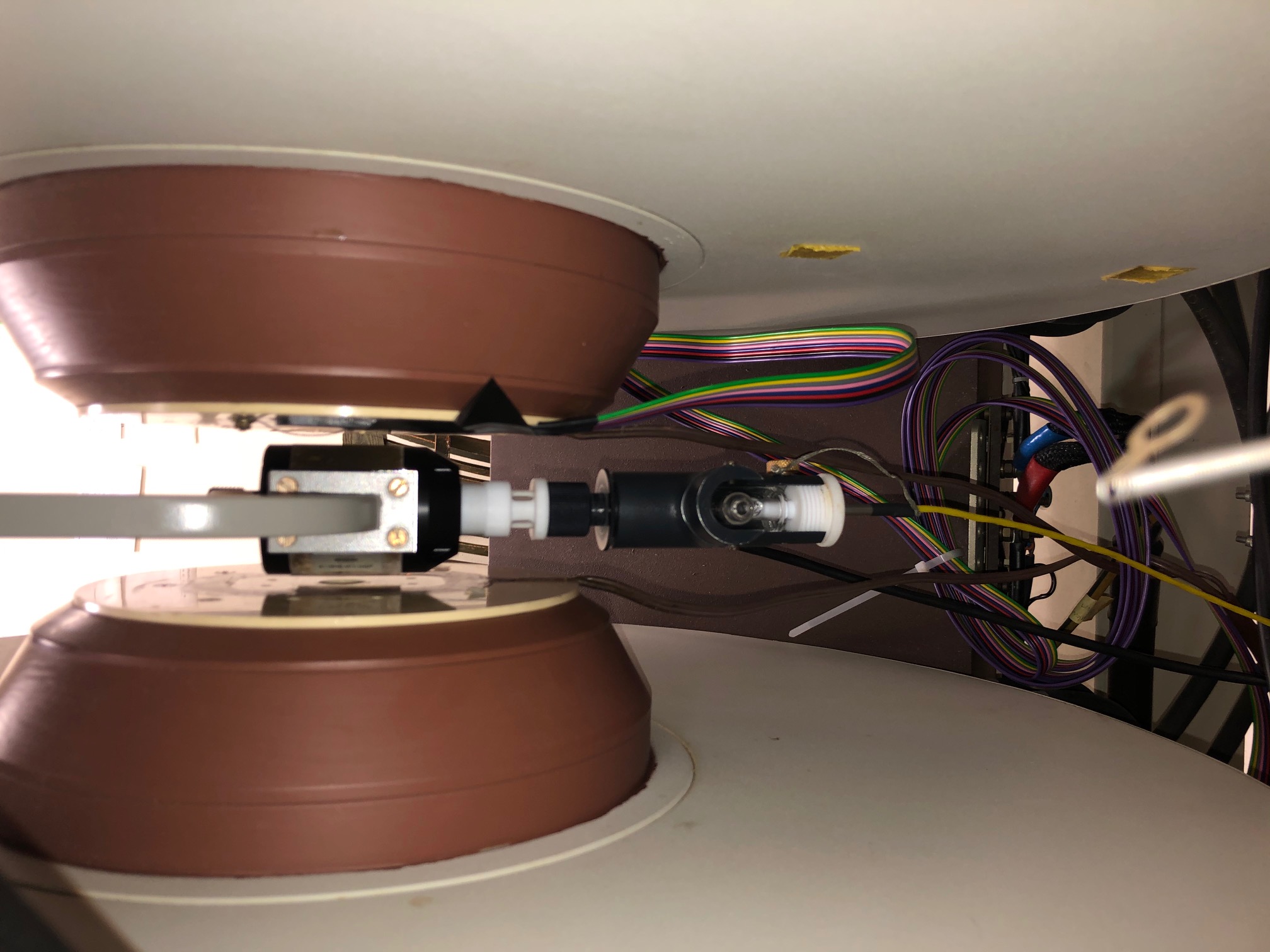
We extend this by comparing CW and RSEPR signal intensities of a-Si:H samples with absolute spin numbers ranging from 10 12 to 10 15, to have a routine procedure for quantitative RSEPR. : they compared experimentally obtained SNRs to those calculated from first principles on a fully characterized spectrometer. An initial foundation for quantitative RSEPR experiments has already been laid by Quine et al. Herein, we implement RSEPR on a commercially available Bruker ELEXSYS E580 set-up and evaluate the feasibility of utilizing RSEPR for quantitative EPR. While RSNMR soon fell into oblivion due to the fast development of pulsed NMR, it was revived in 2004 in the field of EPR and has been further developed since then by the Eaton group. By contrast, in 1974, a directly detected RSNMR technique was proposed, which was based on non-adiabatic rapid passage. All these methods, however, required magnetic-field modulation and phase-sensitive detection, as in conventional CW magnetic resonance. Another approach, which employed second-harmonic detection, was used to improve the sensitivity for defect states in silicon materials, such as the E′ center in amorphous SiO 2, or conduction-band and valence-band tail states in a-Si:H, detected by light-induced EPR. Adiabatic passage subsequently increased EPR signal intensities of ferric hemoglobin and ferricytochrome c crystals, or natural diamond. For instance, Hyde demonstrated that out-of-phase detection under adiabatic rapid-passage conditions can be used to record the EPR absorption spectrum. Subsequently, rapid-passage experiments were repeatedly utilized to enhance the sensitivity of both EPR and NMR. While RSEPR is still a relatively new EPR method, it refers to the regime of rapid-passage effects, which was explored already in the very early days of magnetic resonance. Moreover, its applicability for quantitative intensity measurements has already been pointed out. This has been demonstrated for a variety of samples, such as nitroxides, spin-trapped radicals, radiation-induced defects in tooth enamel and defect states in solids, including DBs in a-Si:H. In this rapid-scan regime, B 1 and d B 0/d t can be selected to achieve improved signal-to-noise ratios (SNRs) relative to those attained by conventional CWEPR. In particular, “rapid-scan” refers to the regime originally defined by Weger in terms of the incident MW field B 1, the magnetic-field scan rate d B 0/d t (for field-swept RSEPR) and the relaxation times T 1 and T 2 : This demand could potentially be met by the emerging rapid-scan (RS) technique, where resonance is passed on a time scale that is short with respect to the electron-spin relaxation times. These challenges faced by CWEPR create a need for alternate EPR detection schemes, which both enable spin quantitation and improve the sensitivity. g., the case for DB defects in a-Si:H), rendering quantitative CWEPR measurements substantially difficult. Especially spin species present at low concentrations frequently exhibit long relaxation times (as it is, e. The sensitivity of CWEPR is further limited in the presence of slow electron-spin relaxation: under these conditions, the spin system is readily saturated, which restricts the applicable incident microwave (MW) power-and hence the measurable signal intensity-to a low level. 2 With increasing electronic quality, defect densities in state-of-the-art TFS materials are approaching this range. For typical TFS samples, an absolute spin sensitivity of 10 12 spins corresponds to a concentration sensitivity of about 10 14 spins per cm 3. Quantitative EPR experiments thereby contribute to reveal the impact of defect states on electronic device performance. Due to the paramagnetic nature of many of these defects, EPR is routinely employed to quantitate defect concentrations. Such defects can act as recombination centers or trap states for charge carriers, thus impairing the electronic transport.

g., dangling Si-Si bonds (DBs) in hydrogenated amorphous silicon ( a-Si:H). 1 Despite this already high sensitivity, many examples exist where the number of spins present is close to or even below this detection limit.Ī case in point are defect states in thin-film silicon (TFS) solar-cell materials, e. Present X-band CWEPR spectrometers typically achieve spin sensitivities of about 10 12 spins per mT line width.

The most common application fields for quantitative EPR include radiation dosimetry, archaeological and geological dating, food analysis, environmental research and modern electronics, such as thin-film solar-cell materials. For more than four decades, continuous-wave (CW) EPR has been utilized to quantitate the concentration of paramagnetic states in various branches of both science and industry.


 0 kommentar(er)
0 kommentar(er)
